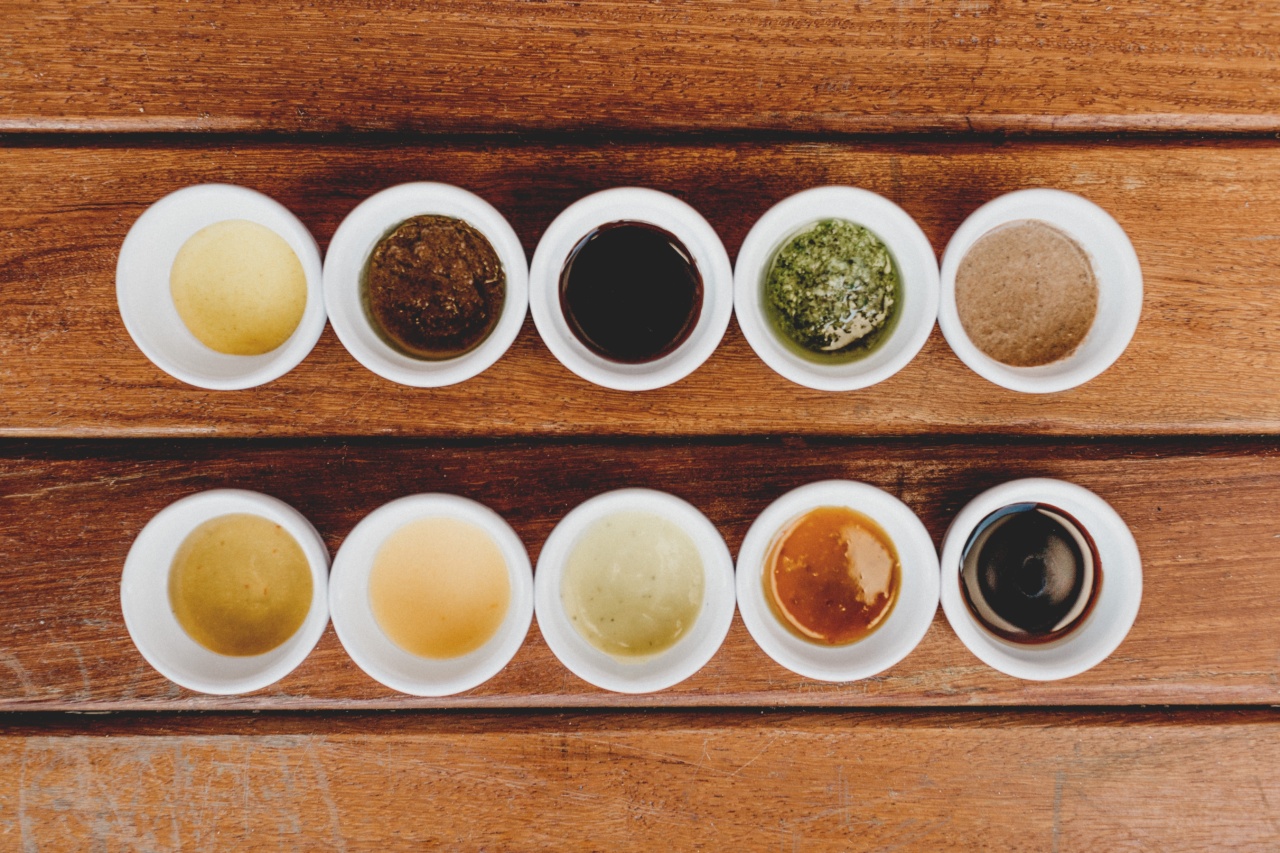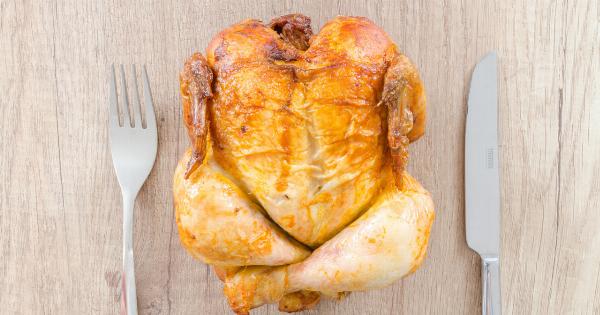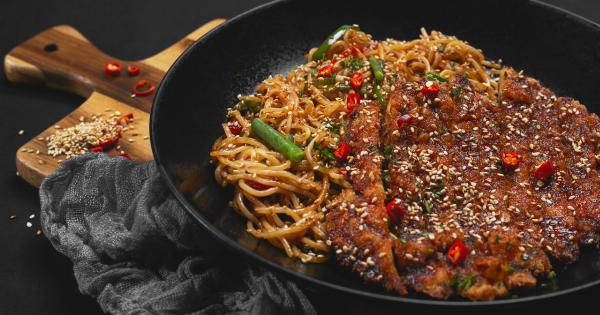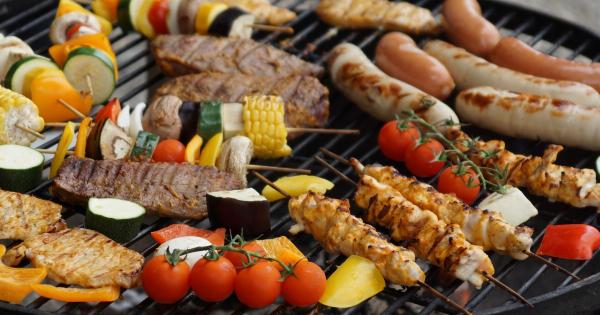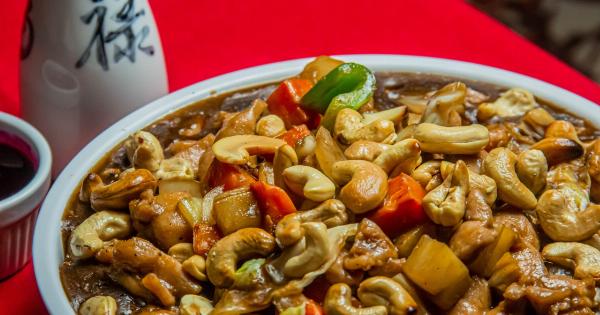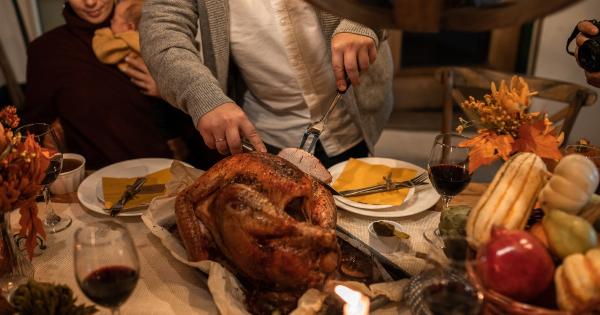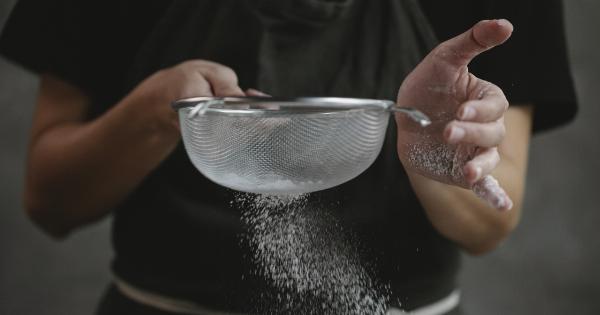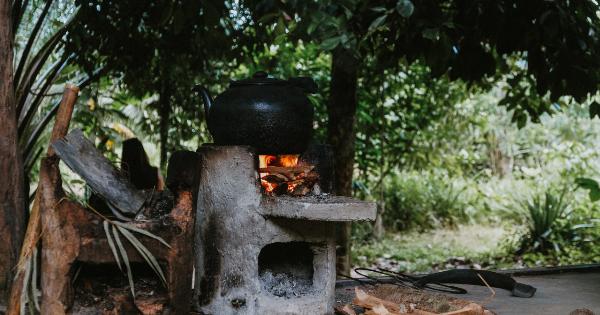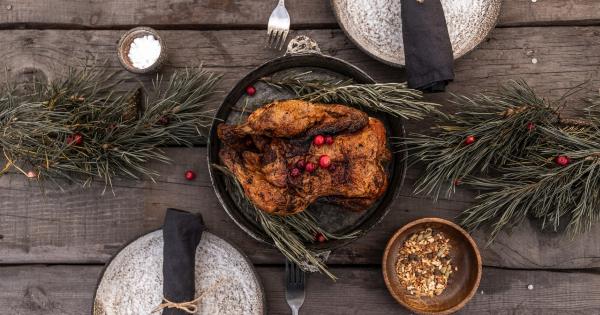Cooking meat is an art that requires skill and precision. One of the most important factors in cooking meat is ensuring that it is cooked to the right temperature.
Cooking meat to the right temperature not only ensures that it is safe to eat, but also ensures that it is cooked to the proper level of doneness. The proper temperature varies depending on the type of meat being cooked. In this article, we will explore the proper temperature for cooking different types of meat.
Beef
Beef is one of the most popular meats in the world. There are many different cuts of beef, and each cut requires a different cooking temperature. Here are the recommended cooking temperatures for different cuts of beef:.
- Medium rare: 130-135°F
- Medium: 135-145°F
- Medium well: 145-155°F
- Well done: 155°F or higher
Pork
Pork is another popular meat that is enjoyed around the world. While pork used to be cooked to well-done to ensure that it was safe to eat, pork is now safe to eat at lower temperatures. Here are the recommended cooking temperatures for pork:.
- Medium rare: 135°F
- Medium: 145°F
- Medium well: 150°F
- Well done: 160°F or higher
Poultry
Poultry includes chicken, turkey, and other birds. Poultry is prone to foodborne illnesses, so it is important to cook it to the proper temperature. Here are the recommended cooking temperatures for poultry:.
- Chicken breast: 165°F
- Chicken thighs: 170°F
- Whole chicken or turkey: 165°F
Seafood
Seafood is a delicate protein that requires care when cooking. Overcooking seafood can lead to a loss of flavor and texture. Here are the recommended cooking temperatures for seafood:.
- Fish: 145°F
- Shrimp: 120°F (when they turn pink and opaque)
- Scallops: 120°F (when they turn opaque)
- Lobster: 140-145°F
Ground Meat
Ground meat, such as ground beef, can be a bit trickier to cook to the proper temperature. Ground meat has a larger surface area, which means that bacteria can easily grow on it. Here are the recommended cooking temperatures for ground meat:.
- Ground beef and pork: 160°F
- Ground poultry: 165°F
Why is Temperature Important?
Cooking meat to the proper temperature is important for a few reasons. First, it ensures that the meat is safe to eat. Cooking meat to the proper temperature kills any bacteria that may be present.
Second, cooking meat to the proper temperature ensures that it is cooked to the desired level of doneness. Overcooking meat can lead to a loss of flavor and texture, while undercooking meat can lead to a tough and chewy texture.
How to Check the Temperature of Meat
There are a few different ways to check the temperature of meat. The most accurate way is to use a meat thermometer. Insert the thermometer into the thickest part of the meat, being careful not to touch the bone or the pan.
Check the temperature and make sure it matches with the recommended temperature for the type of meat you are cooking. If you don’t have a meat thermometer, you can also check the color and texture of the meat. Rare meat will be bright red and feel squishy, while well-done meat will be brown and feel firm.
Conclusion
Cooking meat to the correct temperature is important for safety and taste. By following the recommended cooking temperatures for different types of meat, you can ensure that your meat is safe to eat and cooked to the desired level of doneness.
Use a meat thermometer to check the temperature of your meat, and enjoy your perfectly cooked meal!.
